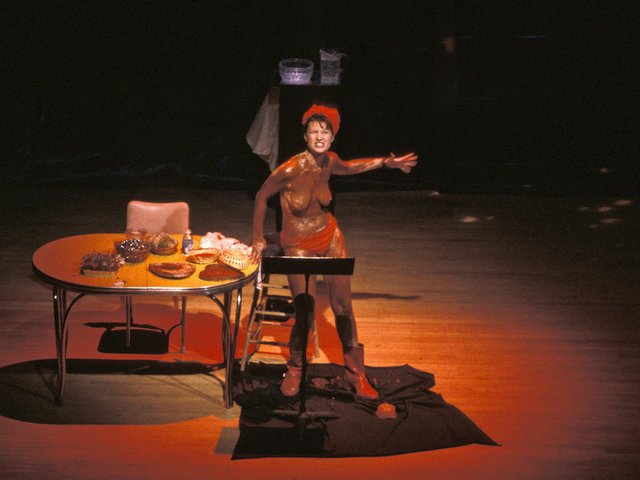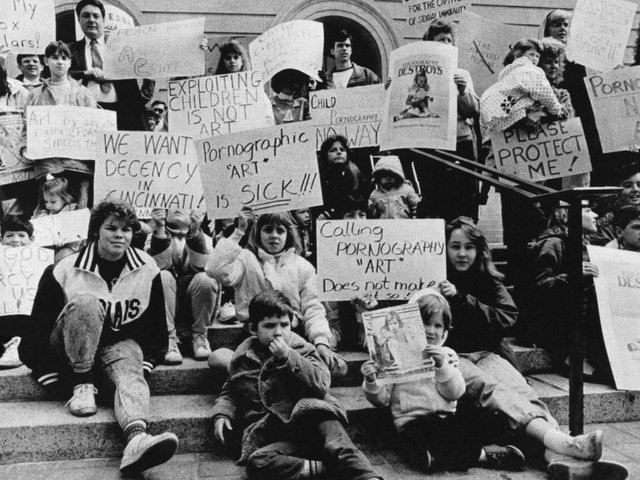The US Supreme Court can have a direct impact on the visual arts—such as in 2010, when it struck down a law that made it a crime to create depictions of animal cruelty. Indirectly, the Court can impact the people who are involved in the arts—artists, art buyers and sellers—as when it shut down the bans on same-sex marriage in 2015, or decades before enforced the 1964 Civil Rights Act by requiring businesses in the south to serve African Americans.
In the Supreme Court cases I’ve covered over the past 20-plus years, the rulings have often been narrow decisions, but if the court becomes more conservative, it is not clear what effect it could have on the arts. In 1998, in an opinion signed by both conservative and liberal justices, the Court upheld a law that required the NEA to consider “decency” standards when awarding art grants, because the test related only to a government subsidy, and did not ban any kind of art. When Austria asked the court to dismiss Maria Altmann’s lawsuit over six Klimt paintings stolen by the Nazis, Justice Antonin Scalia, despite being appointed by a Republican president, rejected the Bush government’s request to support Austria, and poked holes in Austria’s case in the courtroom.
The Guelph Treasure case currently before the Court will be my fifth time covering an oral argument for The Art Newspaper. Each time, it is a thrill. I’m a practicing lawyer—I love art, but I love the law more. When you are in the marble and mahogany courtroom, the justices seem not too far away. Scalia used to rock back and forth in his chair. Today, you can see Sonia Maria Sotomayor, Neil Gorsuch, and Chief Justice John Roberts’s youthful face.
One minute in, and already a justice is skewering a lawyer over his argument. I write as fast as I can, so as not to miss a word for our readers. And it hits me every time, that I am here for the public. We the press have a role in the justice system too. Our country’s courtrooms are open. The US Supreme Court is charged with protecting freedom of speech. Long may it do its job.





